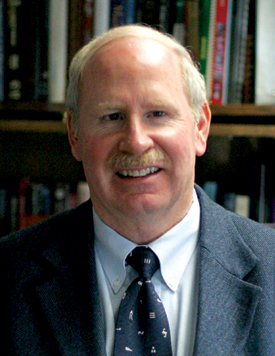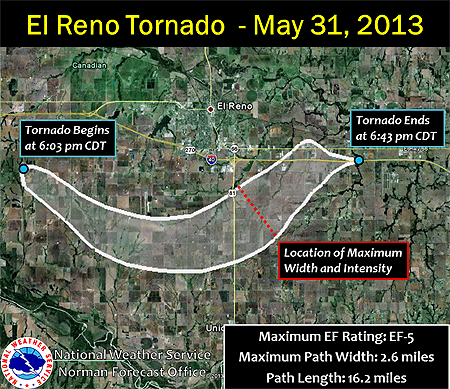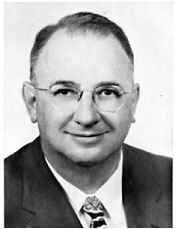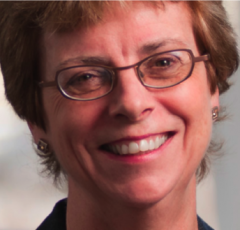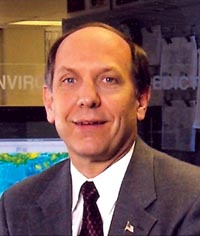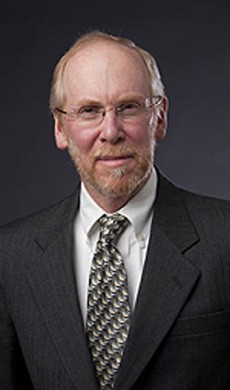Thanks to Markeya Thomas of Climate Signals and Climate Nexus for posting about her video on Twitter for Juneteenth yesterday.
Her interview is with two of “Weather’s Hidden Figures,” the still disturbingly small number of African-American meteorologists—barely 2% of the AMS membership. Professors Greg Jenkins of Penn State University and Deanna Hence of the University of Illinois speak eloquently on what it means to strive to make a big impact while being part of a small minority.
Both Jenkins and Hence talk about how they have been interested in weather since they were kids—sounds familiar!—as well as how opportunities to follow specific interests in human well-being triggered their passion for weather and climate-related research. For Jenkins it was realizing the potential of his climate science in helping solve agricultural security and other urgent needs in Africa.
Hence, on the other hand, had harbored interests in medicine, and found a way to keep a health impacts slant a part of her severe weather expertise:
One thing that really deeply impacted me was actually with Hurricane Katrina. I was on the research flights into that storm back in 2005, and so that particular juxtaposition of scientifically having this amazing dataset we’re collecting—[a] perfectly timed and executed field campaign—and then having to watch thousands of people die as a result. That juxtaposition…I think that’s what really cemented [the impact focus] for me.
But it takes more than interest to make it in a not-always welcoming scientific world. Says Jenkins:
I’ve been in this field for more than two decades, and being stubborn and following what you feel is important when there aren’t necessarily a lot of examples. But having that mentorship has really been important for developing strategies and tactics when you’re facing resistance. I think that’s something we have to teach younger people, that yeah, you might run into resistance, but what’s your strategy for dealing with that? Keep your cool. Press forward. Keep your goals in mind.
Hence underscored the difficulty of establishing her personal voice and commitments as an early career scientist:
I’ve…been trying to both promote, and live by example, that you can pursue social engagement, social justice, community engagement, and your science at the same time. It’s not been an easy path, and I’ve definitely had many people dissuade me from it. We’ll see how it works out for my career! So far, for me, it’s what keeps me happy and wanting to do science.
Watch the video or read Markeya’s own write-up on Medium.
